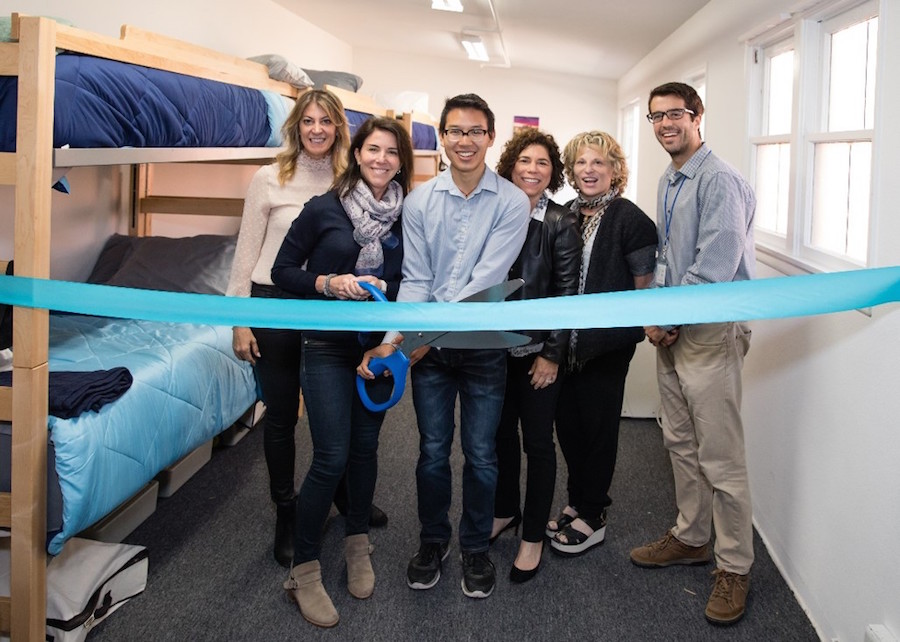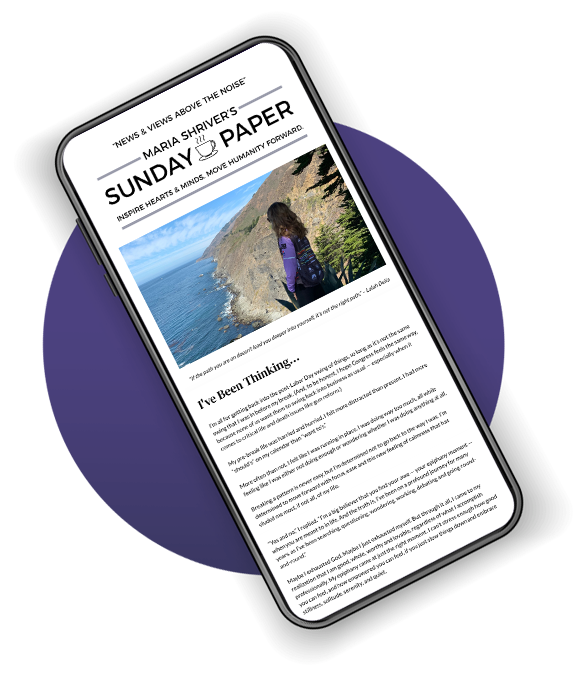UCLA Volunteers Provide Safe Shelter For Fellow Students Who Are Homeless

Back in 2015, UCLA students Louis Tse and Luke Shaw began noticing fellow students staying in unusual places–conference rooms, lecture halls, cars in the parking lots–after school. The fact that their homeless peers were trying to reach their academic dreams amidst economic depression and isolation did not sit well with them. Students 4 Students (S4S) was born out of the realization that student homelessness was a bigger problem than they had ever imagined. S4S offers a safe, supportive environment for students in need by fostering a collaborative effort between universities, community-based organizations, and service providers.
Q&A
1. What is Students 4 Students (S4S)?
We discovered that in 1984, a small band of Harvard students launched a homeless shelter in a church to spare Boston’s most vulnerable people from the harsh winters.
A year ago, we founded Students 4 Students, which is a shelter for homeless college students, run entirely by college students. This came from the belief that students should hunger for knowledge, and not hunger for food. That they should use their smarts on their books, not on finding a place to sleep every night. Every young person has insecurities, and we run our shelter because food and housing should not be among those.
2. How bad is the homeless problem and what are the myths surrounding homeless students?
The numbers on college hunger and homelessness are only recently being studied, and the full dimensions of a tragedy are only starting to come into view. One in five community college students, 10% of Cal State students, and 5% of all UC students experienced homelessness in 2017. The Cal State system found that 1 in 10 of its students experience homelessness. 400 Santa Monica College students self-reported being homeless. And the LA Community College system, nine colleges across LA, found that 1 in 5 of its students experienced homelessness this past year.
These students are caught in a perfect storm of two forces, each of them measurable and massive in their own right: the lack of affordable education, and the lack of affordable housing. This is not to mention a third, equally powerful force of the deeply personal life circumstances that cause people to experience homelessness, such as having a bad experience with the foster system, family conflict due to gender identity, being undocumented, or coming from a low-income background.
3. What does S4S do?
The word “home” is a multi-faceted word that combines different concepts. Home is more than a place to live; it is culture, security, and even takes a human form: family. S4S gives our fellow students a safe place to sleep, food to eat, and most importantly, a place to call home. We are committed to elevating them to reach their dream of holding a diploma and opening a million doors leading to a better future for ourselves because we are pursuing the exact same dream.
4. Can you give us some memorable stories of how you have helped students move forward?
“I am Keyshawn: a transfer student from Long Beach. My two siblings and I are survivors of sexual abuse, and we could no longer stay where we were. I want to become an Orthopedic Surgeon when I finish school, and I will do anything to get my education.”
5. The program also assists volunteers to gain experience for their career choices. Can you explain how?
First, the peer-to-peer model helps get more young adults housed–many of them avoid shelters because they do not feel safe in these spaces, and they have different needs than adults.
Second, S4S exposes its student volunteers to the complex social issue of homelessness and creates opportunities for student leadership. This is a novel training ground for immediately developing future leaders in non-profit management, community service, and philanthropy.
For those looking to help homeless college students today while simultaneously training the next set of young civic innovators, we are running a crowdfunding campaign to help us cover our operating costs. Our shelter has always been a grass-roots, tight-knit village, and we depend entirely on individual donors to keep our doors open for homeless students. One in five UC students experienced homelessness in 2017. Thank you for joining us in being committed to changing those numbers.
For more information about S4S, go to www.bruinshelter.org.
READ MORE STORIES THAT MOVE HUMANITY FORWARD
READ MORE STORIES THAT MOVE HUMANITY FORWARD
SIGN UP FOR MARIA’S SUNDAY PAPER


